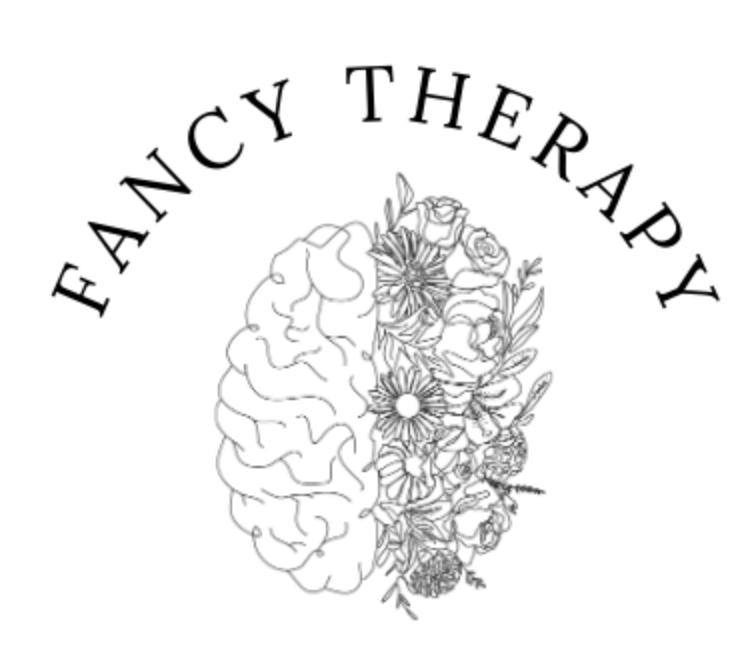Unseen and Misunderstood: Masking in Neurodivergent Women and Girls
Does being your authentic self sometimes feel unnatural or unsafe? Does every smile, laugh and gesture feel like a perfectly-timed part of a social performance—leaving you utterly exhausted and disconnected?
Masking describes the conscious and unconscious strategy used by many neurodivergent folks to blend into neurotypical society. This can look like you forcing eye-contact even when it feels uncomfortable or refraining from foot tapping because you know it disturbs others.
Growing up as an individual assigned female at birth, I found it difficult to understand my neurodiversity. Coming from a Caribbean household, neurodivergence is not explored nor given a name—despite its obvious presence across various generations within my family. Since childhood, my older brother expressed himself by being outspoken, active and finding comfort in taking up space within his world. My brother was taught to utilize his high energy and bluntness as strengths. If these traits caused disruption —well, he's just a boy. As I reflect on my childhood school experiences, it’s interesting to notice how these behaviours were suppressed more within girls. Comparatively, I was praised when I was able to sit still, remain quiet and follow directions—so that’s what I did. I have always experienced difficulties maintaining my attention, but since it was never a disruption to others, this in-attention remained unnoticed and misunderstood until my late teen years.
Masking acts as a coping mechanism to fit in. The difficult thing about it is that once you are good at it, it really works. The need to mask is established from childhood, making adult masking behaviours feel automatic for a lot of people. However, this constant masking can be tiring and increase stress, anxiety and burnout. Neurodivergent women typically engage in masking behaviours more often than men, due to differences in gender socialization and expectations. This is a contributing factor to the reason why many neurodivergent women and girls are undiagnosed or diagnosed later in life.
So, what can I do?
Self-acceptance: It is powerful to identify your masking behaviours and improve self-awareness about where they come from. This self- awareness can be achieved by practicing mindfulness, journalling, seeking therapy and learning about masking.
Self-compassion: Masking is not a flaw, but a coping mechanism. Embrace your unique qualities! Treat yourself with grace and kindness while exploring and managing masking.Advocate for yourself: Explore your values, beliefs and needs! This can help you set helpful boundaries within your interpersonal relationships that align with who you are and what you are comfortable with.
Peer support: Connecting with those that share similar experiences and challenges can help reduce feelings of isolation, frustration and anxiety. Attending virtual and in-person support groups can provide validation and beneficial resources.
Prioritize self-care: Masking can be exhausting—don’t forget to give yourself time to decompress! Engage in a hobby, exercise, get some extra sleep or have some alone time!
Resources
Cuncic, A. (2024, May 10). What ADHD masking looks like. Verywell Mind. https://www.verywellmind.com/what-is-adhd-masking-5200863
Nelson, K. (2023, February 10). What it’s like to mask at work as a neurodivergent person. Verywell Mind. https://www.verywellmind.com/neurodivergence-at-work-to-mask-or-not-to- mask-7108000
Wood-Downie, H., Wong, B., Kovshoff, H., Mandy, W., Hull, L. & Hadwin, J. A. (2020). Sex/gender differences in camouflaging in children and adolescents with autism. Journal of Autism and Developmental Disorders, 51, 1353-1364. https://doi.org/10.1007/s10803-020-04615-z





